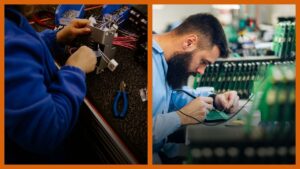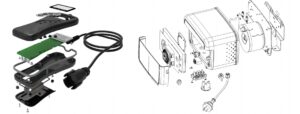Quick Leads
What Are the Common Signs of a Capacitor Polarity Mistake: You Need to Know
What Happens When You Connect a Capacitor with Reversed Polarity?
How to Identify a Capacitor Polarity Mistake?
- A negative stripe usually means the negative terminal.
- A plus (+) sign shows the positive terminal.
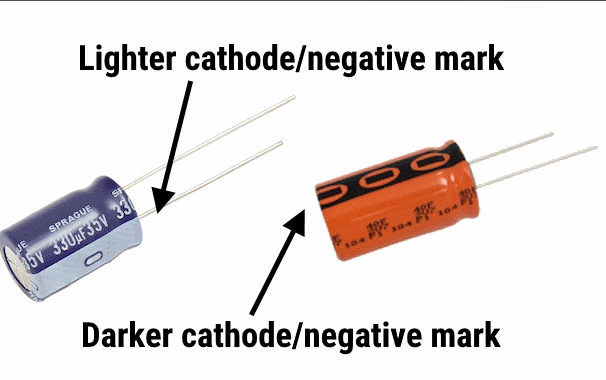
What Happens if You Connect a Capacitor the Wrong Way?
- Physical damage: You might see bulging at the top of the capacitor because of the increased internal pressure.
- Leakage: The electrolyte inside the capacitor may leak out, leaving a brown or sticky residue.

Visible Signs of a Damaged Capacitor
- Bulging: The top of the capacitor may swell as internal pressure builds up.
- Leakage: Electrolyte may leak from the base or sides of the capacitor, which is a sign of severe damage.
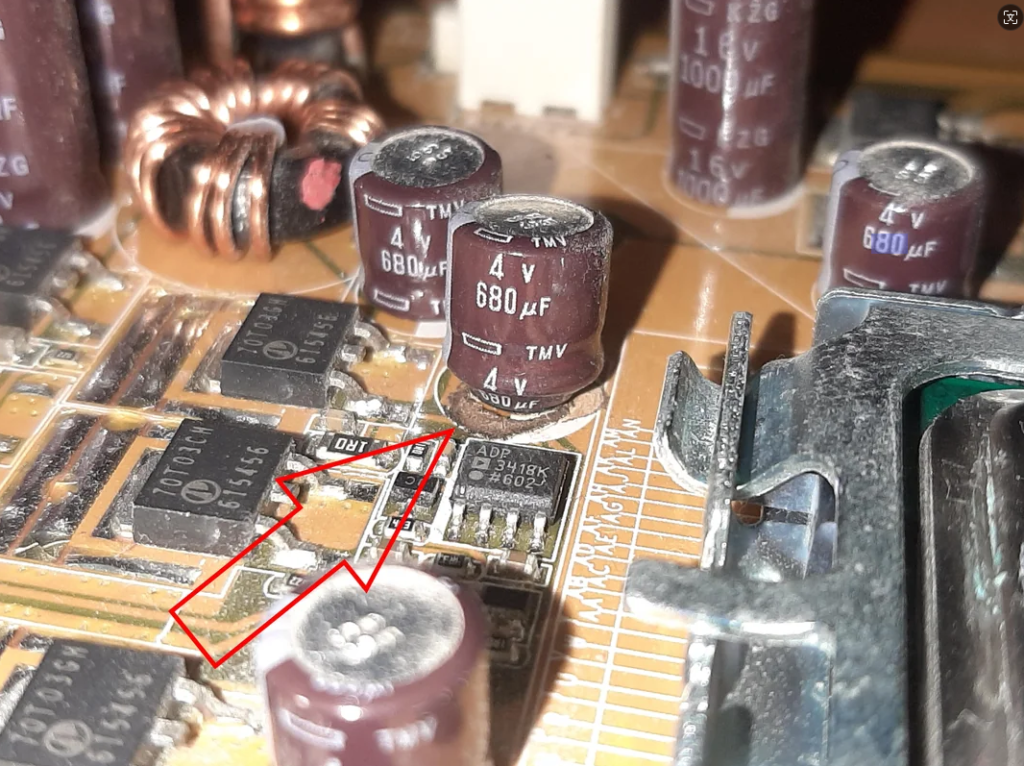
Electrical Behavior: Excessive Current Draw and Circuit Malfunction
- Excessive current draw: Incorrect polarity can cause a short circuit inside the capacitor, which can lead to higher-than-normal current levels.
- Circuit malfunction: This can show up in unpredictable ways, from system shutdowns to overheating.
Why Does a Capacitor Explode with Reversed Polarity?
- Heat buildup: The capacitor heats up quickly, which increases internal pressure.
- Gas production: This pressure can cause the capacitor to explode or rupture, especially in electrolytic capacitors.
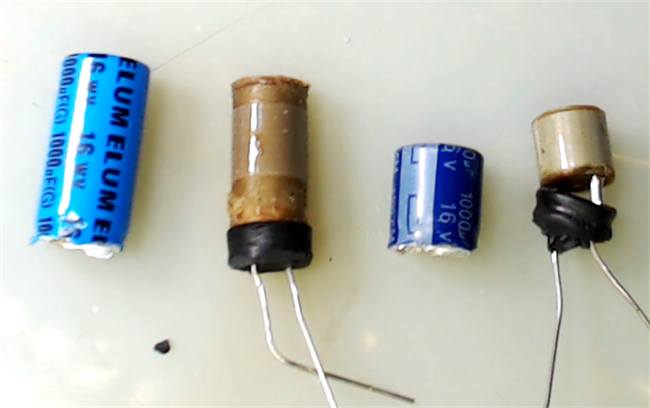
How to Prevent Capacitor Polarity Mistakes?
- Use a multimeter to check the polarity of the capacitor before you install it.
- Pay attention to negative stripes and plus (+) signs on capacitors.
- Make sure you clearly label all the polarized components on your PCB layout.
- Consider using non-polarized capacitors in circuits where polarity mistakes are common.
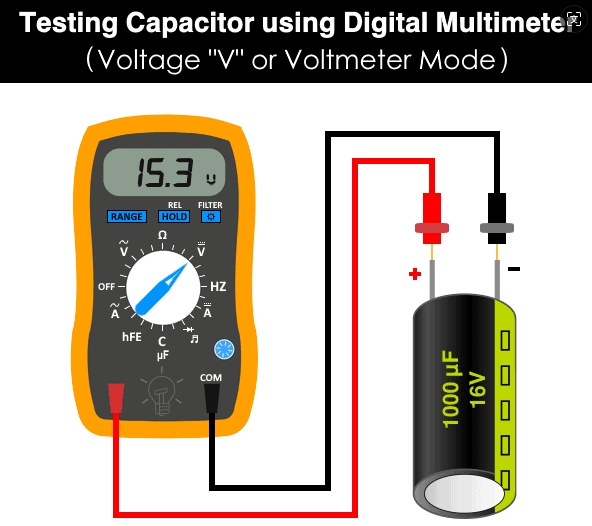
Related Capacitor Types and Their Polarity Considerations
- Tantalum capacitors are especially prone to catastrophic failure if you connect them backwards. They can explode within seconds of reversed polarity.
- Electrolytic capacitors are very common and you have to put them in right or you’ll ruin them. If you put them in backwards, you’ll shorten their life significantly.
- Non-polarized capacitors, like ceramic capacitors, don’t have any polarity restrictions. You can put them in any way you want.
For more information, visit below:
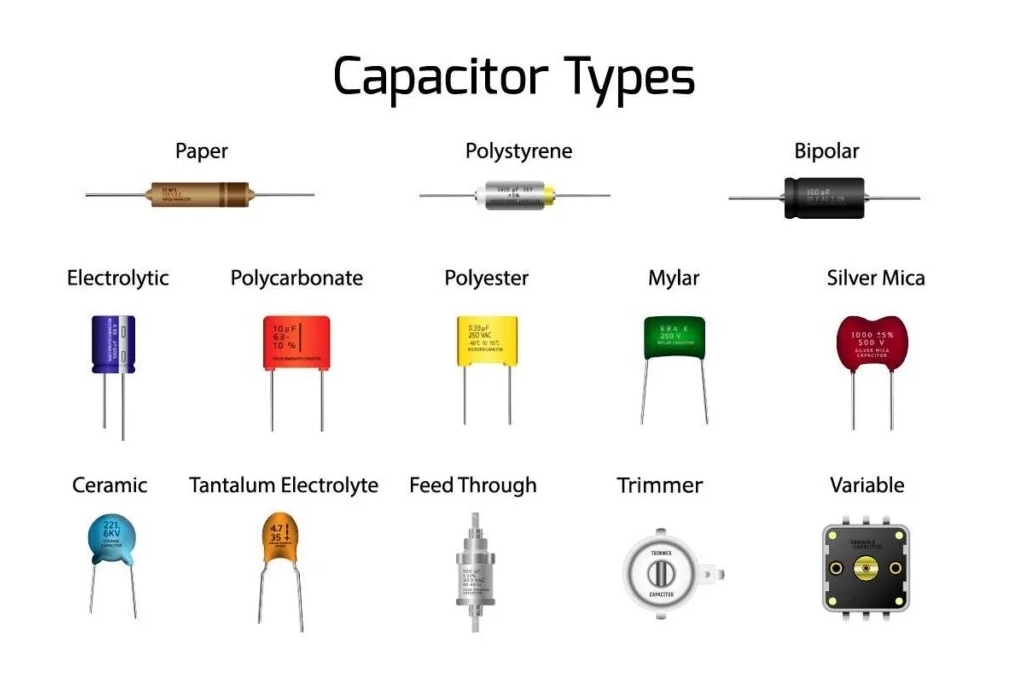
Frequently Asked Questions (FAQ)
When you connect a capacitor backwards, it might bulge, leak, or even explode. The reversed polarity damages the internal dielectric, causing the capacitor to fail and possibly damaging the components around it.
If you put a capacitor in backwards, you have to replace it. Power down the circuit, take out the bad capacitor, and put a new one in with the right polarity. Make sure you double-check the orientation before you power up again.
Common signs include the top of the capacitor bulging and the internal electrolyte leaking out. If you see these symptoms, the capacitor is damaged and you need to replace it right away.
To check capacitor polarity with a multimeter, set the meter to capacitance mode. Put the positive lead on the positive terminal of the capacitor and the negative lead on the negative terminal. If the polarity is right, the meter will show the capacitance reading.
Limited Time Offer:
Get $100 off your order TODAY!
 Trusted by 100+ businesses worldwide
Trusted by 100+ businesses worldwide No hidden fees – transparent pricing
No hidden fees – transparent pricing Guaranteed quality with on-time deliver
Guaranteed quality with on-time deliverConclusion
Need expert help with your PCB assembly or troubleshooting capacitor issues? Contact Unit Circuits for professional guidance and solutions.
Understanding Ball Grid Array (BGA) Technology
Top 10 PCB Assembly Manufacturers in Europe
What Are PCB Conformal Coatings?
How to Repair Circuit Boards
RELATED POSTS
Leading PCBA Manufacturer
✅ Assemble 20 PCBAS for $0 ✅ Get $100 OFF – Risk-Free Trial!
✅ 100+ Satisfied Customers
✅ Ensured Quality & On-Time Delivery
✅ Free Trial, No Commitments!


